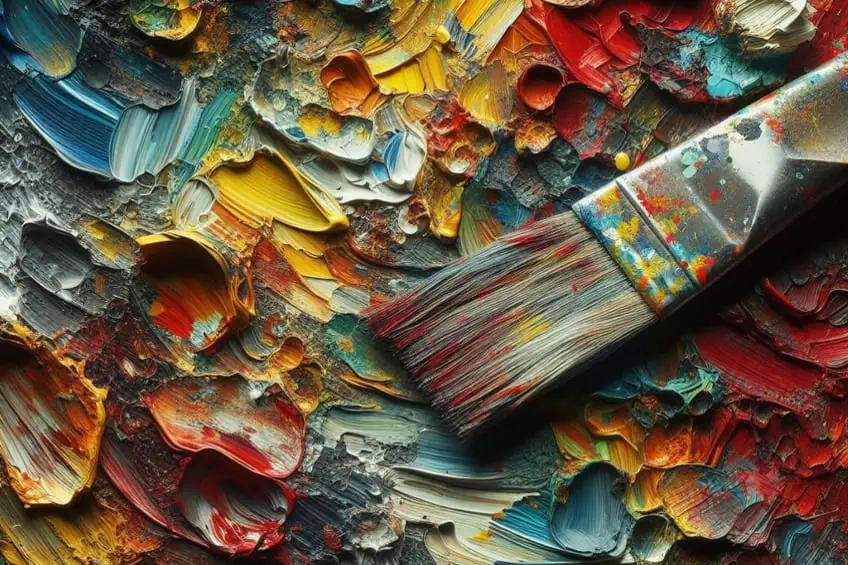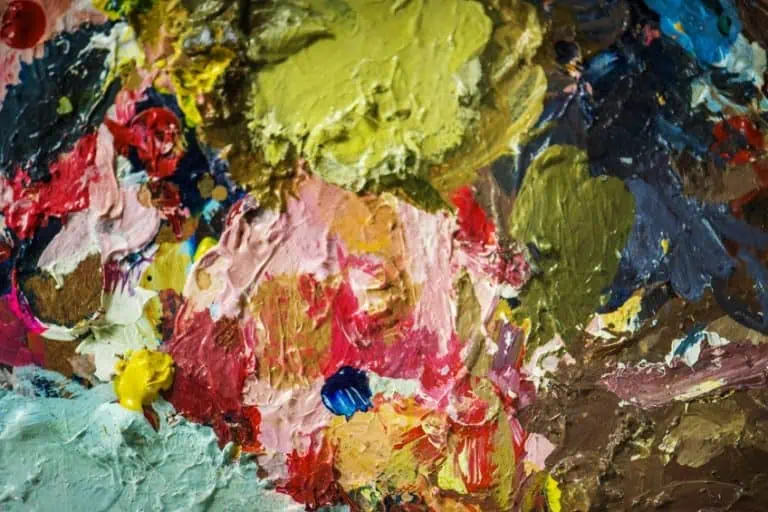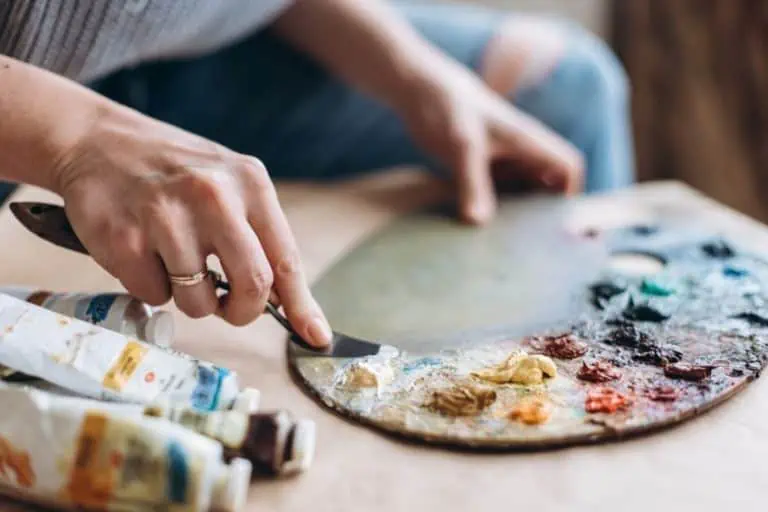How to Make Acrylic Paint Transparent – Crystal Clear Creations
This post may contain affiliate links. We may earn a small commission from purchases made through them, at no additional cost to you.
Welcome to the world of acrylics! Ever wondered how to make acrylic paint transparent? In this guide, we’ll explore simple techniques to transform your opaque pigments into luminous hues that dance with light. Whether you’re a seasoned artist or a curious beginner, get ready to add a touch of magic to your artwork as we unlock the secrets of acrylic transparency. Let’s dive in!
Table of Contents
Key Takeaways
- Acrylic paint transparency can be adjusted to create various artistic effects.
- Techniques such as dilution and layering are effective for altering paint transparency.
- Specialized mediums can aid in maintaining paint stability while increasing transparency.
Basics of Acrylic Transparency
Acrylic paint’s versatility allows artists to manipulate its transparency through various methods and mediums. Understanding how these mediums work with acrylic paint is crucial for achieving the desired levels of opacity and finish.

Understanding Acrylic Paint Properties
Acrylic paint inherently possesses a certain level of opacity, which can be adjusted according to an artist’s specific needs. The pigments within the paint, along with its binder, determine its initial opacity. However, artists can alter this property to achieve a more transparent effect. There are two key factors to consider:
- Water: When mixed with acrylic paint, water acts as a thinning agent, increasing transparency. However, it’s essential to maintain a balance, as too much water can break down the paint’s structure, leading to a loss of vibrancy and possible adherence issues. Optimal Water-Paint Ratio: 40-60% water to paint.
- Acrylic mediums: Specialty mediums introduce transparency without compromising the paint’s texture and adherence qualities. Medium types, such as gloss or matte mediums, also influence the final sheen of the paint.
The Role of Mediums in Acrylic Transparency
Mediums are pivotal in transitioning acrylic paint from opaque to transparent without diluting its color intensity or structural integrity. Artists often use mediums when water alone cannot achieve the desired level of transparency or when a particular finish is required. The table below details the various mediums and their effects. Choosing the correct medium depends on desired transparency levels and finish effects, be it gloss or matt. Renowned brands like Liquitex and Golden offer a range of acrylic mediums formulated to maintain the paint’s quality while altering its transparency.
| Medium Type | Purpose | Brand Examples |
|---|---|---|
| Gel Medium | Increase body; maintain color depth | Golden, Liquitex |
| Glazing Medium | Prolong drying; enhance transparency | Golden, Liquitex |
| Iridescent Medium | Add shimmer; subtle transparency | Golden, Liquitex |
| Gloss Medium | High sheen; increase transparency | Golden, Liquitex |
| Matte Medium | Flat finish; increase transparency | Golden, Liquitex |
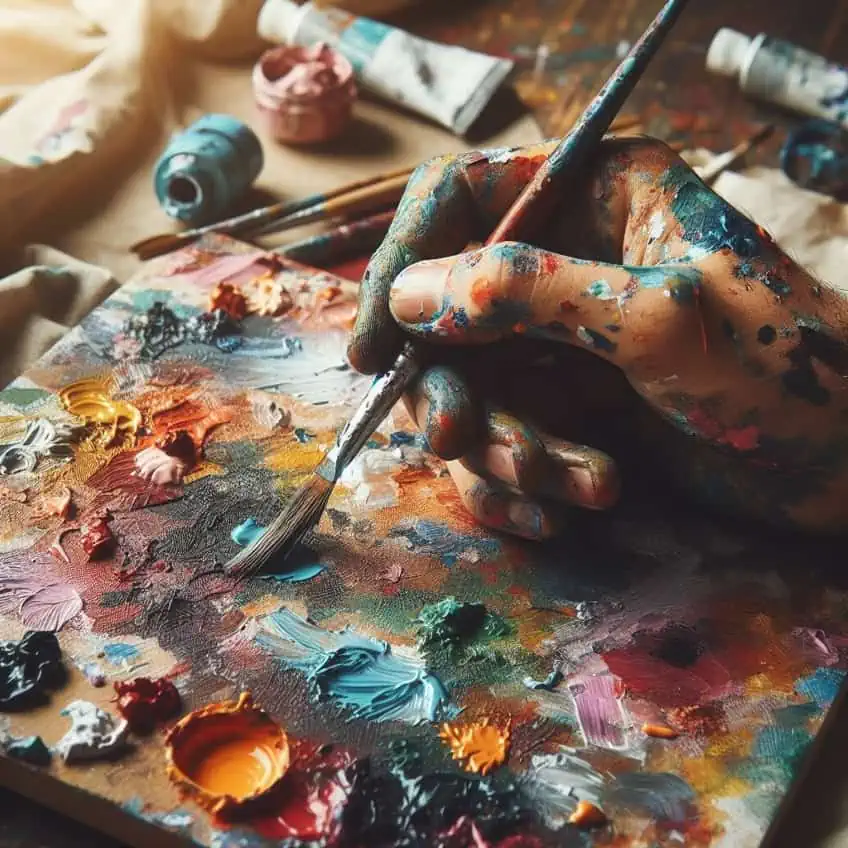
Techniques for Transparency
Creating transparency in acrylic paint opens up a variety of visual effects and can add depth to your artwork. These techniques allow artists to manipulate the opacity of colors, ensuring the right balance between the transparency and the maintenance of the paint’s stability on the canvas.
Layering and Glazing Methods
Layering involves applying multiple thin layers of paint onto canvas or paper to build up transparency gradually. This control over the layers of paint allows for more depth and nuance in the artwork. Meanwhile, glazing uses transparent colors applied over dried paint layers to adjust the hue and tone without obscuring previous layers. Artists commonly mix a glazing medium with the paint to improve its flow and transparency without compromising its adhesive properties.
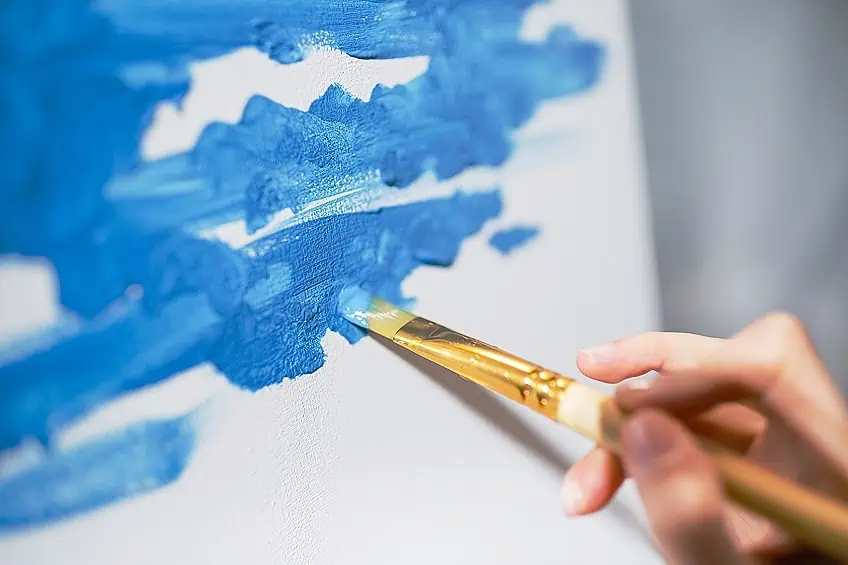
Glazes are typically mixed with a medium, with the recommended ratio being around 40% glazing medium to paint. On the other hand, washes are created by blending paint with water, with a suggested ratio of about 60% water to paint. The number of layers and the balance between medium and paint or water and paint are variable and should be adjusted based on the desired effect and the particular pigment’s transparency.
Working With Color and Pigments
Choosing the right colors is essential in achieving transparency. Transparent pigments are available and ideal for creating sheer washes and glazes. Opaque colors can be made more translucent through dilution but with caution to avoid over-thinning, which can lead to a reduction in color intensity and paint adhesion.
Colors should be selected and blended with transparency in mind, bearing in mind that some pigments naturally create more transparent paint, while others are more dense and will cover underlying layers more thoroughly.
Finishing and Protecting Transparent Paintings
Once the desired levels of transparency are achieved through layering and color manipulation, it’s important to protect the finished painting. A varnish—whether glossy, matte, or clear—not only secures the layers of paint but can also enhance the visual depth and vibrancy of the transparent colors. It is essential, however, to wait for the paint to dry completely before applying a varnish to prevent smudging and ensure a protective seal.

A glossy finish enhances the depth and vibrancy of colors, adding a lustrous sheen to the surface. Conversely, a matte finish reduces glare and maintains a non-reflective surface, offering a more subdued appearance. Clear finishes serve to protect the paint’s surface without altering its appearance, providing a transparent shield against wear and tear.
Mediums for Acrylic Transparency
In achieving transparency with acrylic paints, the use of specific mediums is essential. These mediums are designed to maintain the stability of the paint while altering its opacity, suitable for diverse surfaces such as canvas, glass, and plastic.
Canvas
For canvas, artists commonly utilize a glazing medium which maintains the paint’s body and adhesion. Liquitex Glazing Fluid, for instance, is a popular choice because it increases transparency without diluting the paint’s consistency. A common ratio is 40% medium to 60% paint.
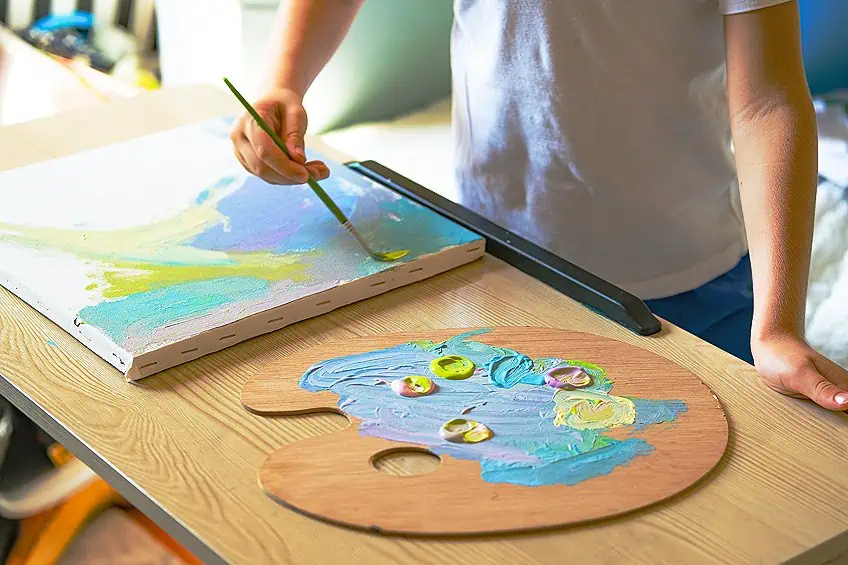
Glass
When working on glass, a medium that enhances adhesion while ensuring transparency is paramount. An airbrush medium can be particularly effective because it thins the paint without compromising its binding properties, making it suitable for the non-porous nature of glass.
Plastic
For plastic surfaces, a balance between transparency and adhesion is crucial. Iridescent and pouring mediums can be mixed with acrylic paint to achieve a transparent effect that adheres well to plastic substrates.
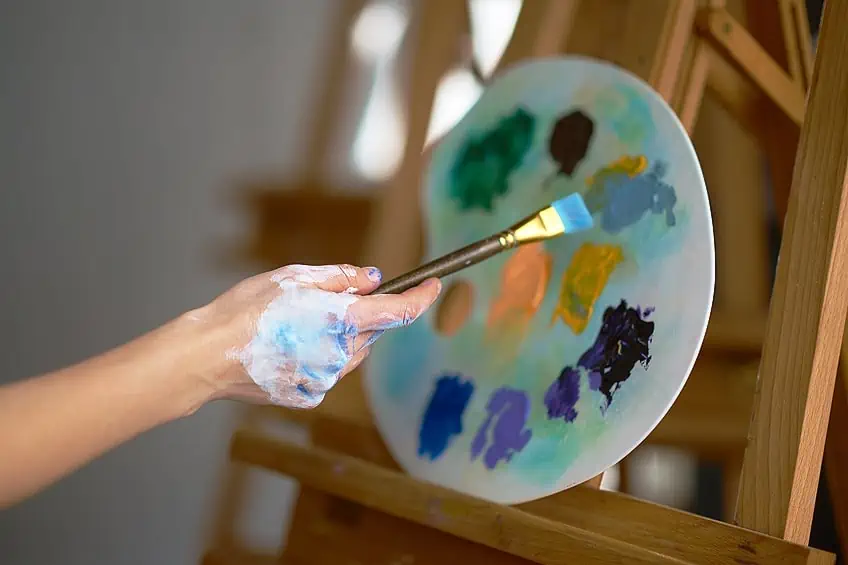
Congratulations, fellow creators, you’ve unlocked the vibrant world of transparent acrylics! With these newfound techniques, your paintings will shimmer with luminosity and depth, adding an extra dimension to your artistic repertoire. Remember, experimentation is key, so don’t be afraid to play with transparency and discover your own unique style. Now, armed with the knowledge of how to make acrylic paint transparent, go forth and let your creativity shine bright! Happy painting!
Frequently Asked Questions
What Types of Mediums Can I Add to Acrylic Paint to Achieve Transparency?
Artists have a variety of mediums at their disposal to make acrylic paint more transparent. These include glazing medium, matte medium, gloss medium, and pouring mediums. Additionally, specific gels such as Liquitex Glazing Fluid are also formulated to enhance transparency while maintaining the paint’s consistency and adhesion.
Can Adding Water Effectively Thin Acrylic Paint for a More Transparent Effect?
Yes, water can be used to thin acrylic paint, which increases its transparency. However, it’s important to not exceed a mixture of about 50-60% water to paint, as this can affect the paint’s structure and adhesion qualities. Using water is a simple but effective way to achieve transparency, especially for thin washes and layers.
In 2005, Charlene completed her wellness degrees in therapeutic aromatherapy and reflexology at the International School of Reflexology and Meridian Therapy. She worked for a company offering corporate wellness programs for several years before opening her own therapy practice. In 2015, she was asked by a digital marketer friend to join her company as a content creator, and it was here that she discovered her enthusiasm for writing. Since entering the world of content creation, she has gained a lot of experience over the years writing about various topics such as beauty, health, wellness, travel, crafting, and much more. Due to various circumstances, she had to give up her therapy practice and now works as a freelance writer. Since she is a very creative person and as a balance to writing likes to be active in various areas of art and crafts, the activity at acrylgiessen.com is perfect for her to contribute their knowledge and experience in various creative topics.
Learn more about Charlene Lewis and about us.
